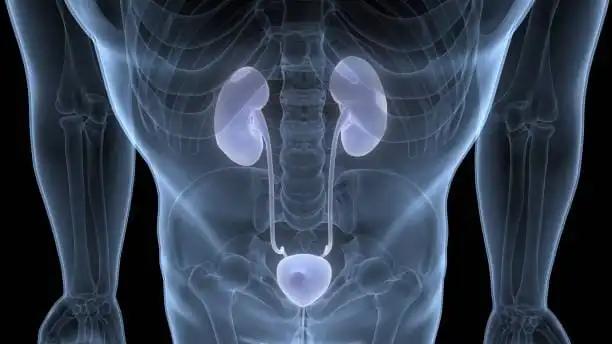KEY TAKEAWAYS
- NCT03072238 IPATential150 Phase II was a double-blind, randomized, placebo-control study.
- The study aimed to evaluate the efficacy of Ipatasertib + Abiraterone + Prednisone/Prednisolone therapy as opposed to Abiraterone + Prednisone/Prednisolone therapy in treating patients with metastatic castration-resistant prostate cancer.
- The primary outcome measures of the study were Investigator-Assessed rPFS among PTEN Loss and ITT Population
- The secondary outcome measures included ORR, DOR, AEs, PSA Response Rate, OS, and others
- The study demonstrated that adding Ipatasertib to Abiraterone + Prednisone/Prednisolone is significantly beneficial.
Phase II of the IPATential150 study characterized the exposure-response relationships for the selective AKT kinase inhibitor, Ipatasertib’s efficacy and safety. Data from 1101 individuals with metastatic castration-resistant prostate cancer from the IPATential150 study were used.
Using the observed pharmacokinetic data from the IPATential150 research, external validation of an earlier population pharmacokinetic model was carried out. In this research, subjects who received Ipatasertib 400 mg once daily orally had their exposure metrics calculated as the area under the concentration-time curve at a steady state as predicted by the model. (AUCSS). Cox regression was used to evaluate the exposure-response relationship with radiographic progression-free survival (rPFS), and logistic regression was used to evaluate the relationship with safety outcomes.
Patients with PTEN-loss tumors showed a statistically significant association between Ipatasertib AUCSSand better survival (hazard ratio [HR]: 0.92 per 1000 ng h/mL AUCSS, 95% confidence interval [CI] 0.87-0.98, p = 0.011). Ipatasertib patients, on the other hand, experienced an improvement in rPFS (HR: 0.84, 95% CI 0.71-0.99, p = 0.038), but this effect was unrelated to Ipatasertib AUCSS in the intention-to-treat group.
Serious adverse events (AEs), AEs leading to discontinuation, and Grade 2 hyperglycemia were associated with Ipatasertib AUCSS in statistically significant numbers, whereas AEs leading to dose reduction, Grade 3 diarrhea, and Grade 2 rash were only associated with Ipatasertib treatment. 39.6% of the patients suffered SEAs in the active treatment arm as compared to 22.7% in the placebo arm. The ratio showed a similar trend, with 21.1% versus 5.13% suffering AEs leading to treatment discontinuation and 39.9% vs 6.23% suffering AEs leading to dose reduction.
While the exposure-safety results suggested increased risks of adverse events (AEs) with Ipatasertib treatment and/or increased Ipatasertib exposures, the exposure-efficacy results suggested that patients receiving Ipatasertib may continue to benefit from this treatment at the administered dose, despite some variability in exposures.
Source: https://link.springer.com/article/10.1007/s00280-022-04488-2
Clinical Trial: https://clinicaltrials.gov/ct2/show/NCT03072238
Kotani, N., Wilkins, J. J., Wade, J. R., Dang, S., Sutaria, D. S., Yoshida, K., Sundrani, S., Ding, H., Garcia, J., Hinton, H., Sane, R., & Chanu, P. (2022). Characterization of exposure-response relationships of ipatasertib in patients with metastatic castration-resistant prostate cancer in the IPATential150 study. Cancer chemotherapy and pharmacology, 90(6), 511–521. https://doi.org/10.1007/s00280-022-04488-2



